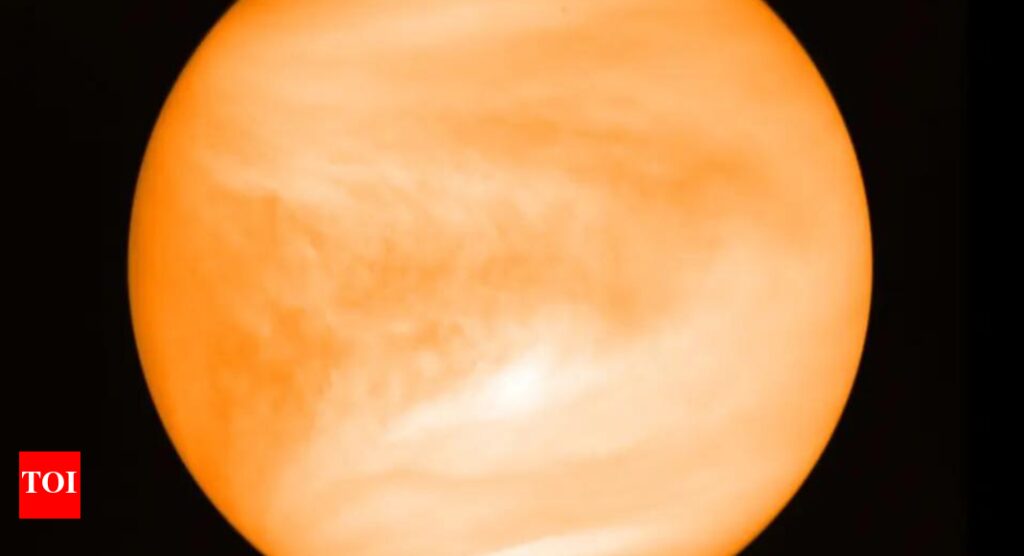
A Soviet-era spacecraft plunged to Earth on Saturday, more than a half-century after its failed launch to Venus. Its uncontrolled entry was confirmed by both the Russian Space Agency and European Union Space Surveillance and Tracking. The Russians indicated it came down over the Indian Ocean, but some experts were not so sure of the precise location.The European Space Agency‘s space debris office also tracked the spacecraft’s doom after it failed to appear over a German radar station. It was not immediately known how much, if any, of the half-ton spacecraft survived the fiery descent from orbit. Experts said ahead of time that some if not all of it might come crashing down, given it was built to withstand a landing on Venus, the solar system’s hottest planet. The chances of anyone getting clobbered by spacecraft debris were exceedingly low, scientists said. Launched in 1972 by the Soviet Union, the spacecraft known as Kosmos 482 was part of a series of missions bound for Venus. But this one never made it out of orbit around Earth, stranded there by a rocket malfunction. Much of the spacecraft came tumbling back to Earth within a decade of the failed launch. No longer able to resist gravity’s tug as its orbit dwindled, the spherical lander – an estimated 3 feet (1 meter) across – was the last part of the spacecraft to come down. The lander was encased in titanium, according to experts, and weighed more than 1,000 pounds (495 kilograms). Any surviving wreckage will belong to Russia, under a United Nations treaty. After following the spacecraft’s downward spiral, scientists, military experts and others could not pinpoint in advance precisely when or where the spacecraft might come down. Solar activity added to the uncertainty as well as the spacecraft’s deteriorating condition after so long in space. As of late Saturday morning, the U.S. Space Command had yet to confirm the spacecraft’s demise as it collected and analyzed data from orbit. The U.S. Space Command routinely monitors dozens of reentries each month. What set Kosmos 482 apart – and earned it extra attention from government and private space trackers – was that it was more likely to survive reentry, according to officials. It was also coming in uncontrolled, without any intervention by flight controllers who normally target the Pacific and other vast expanses of water for old satellites and other space debris.














